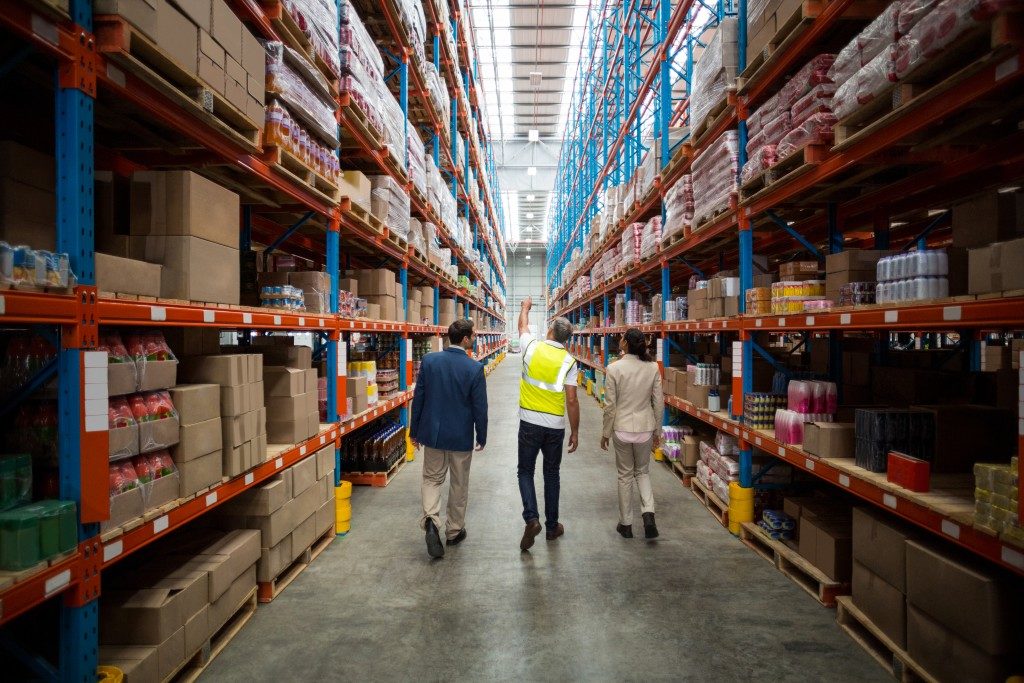As a business owner, the warehouse is the second most important property in your life, next to your home. A messy warehouse means a messy business. It means you’re not keeping up with the inventory. It means you do not know what goes in and out of the warehouse. It means you’re overstocking and overbuying; or, you’re underbuying, losing potential customers in the process.
Look around your warehouse. Do you even know where the last boxes of deliveries were placed? Everything is a mess. Even your Zebra printer needs a repair, but no one has gotten around to calling the technician yet. Everything is in disarray, and that causes a huge mess in your inventory, warehouse management, and accounting. It doesn’t only lead to confusing balance sheets and deliveries, but warehouse disorganization has a long-term effect on productivity. It can also cause accidents and injuries to your workers.
Treat It Like Your Home
Don’t treat the warehouse as something separate from your personal life. Take care of it the way you will take care of your home. Do you want paper bills thrown all over your kitchen counter? Do you want to have to look for the frying pan every time you need it because you can’t remember which drawer you threw it in? If you reprimand your children because they don’t follow the strict cleaning and organization schedule that you enforce in the house, then do the same for your workers. Create a system and make sure they follow it.
Clean Up
Is your warehouse really disorganized? Or, is it just plain dirty? A dirty warehouse is a no-no. That could mean you’re shipping items to your customers with dust, dirt, and grime. And if your workers are cleaning the boxes before shipping them, that’s a loss in productivity, too. That’s not part of the job. The items should be clean when the warehouse staff take them out of their storage spaces. Cleaning these items before shipping costs time that could have spent doing more important things. So clean up. Make it a habit for everyone to clean their own workspaces. You can also hire a professional cleaner to make sure everything’s spotless.
 Organize a Floor Plan
Organize a Floor Plan
Ask yourself this question: what layout has an optimum process flow? How will you ensure that people are not going to run aimlessly around the warehouse looking for best-selling items? For example, there should be releasing and receiving counters in front of the warehouse. Delivered items will go to the receiving counter. After properly labeling these items, they will go to the storage area at the back. The new items should be placed near the front since these are probably going to generate a lot of sales. Then, these are followed by the other items according to their importance in the inventory (bestsellers go first, of course).
Ask your staff about what floor layout will work best. Sure, you have an idea. You even drew that with your pen. But your people are the best ones to identify the problem areas and what needs to be done about them. Ask for their opinions and suggestions.
Label Everything
It’s exhausting to label products. That’s why you need a barcode system. This will make it easier to find where the items are stored, what items need to be re-ordered, and what items are moving fast or slow. The first mistake that a warehouse will do is not using a barcode system to label, categorize, and organize products.
It’s easy to get lost in the myriad of things you have to do as a business owner. It’s easy to just let the warehouse staff manage everything. But every successful entrepreneur will tell you this: be hands-on. Know everything about your business—its strengths and especially, its weaknesses.

